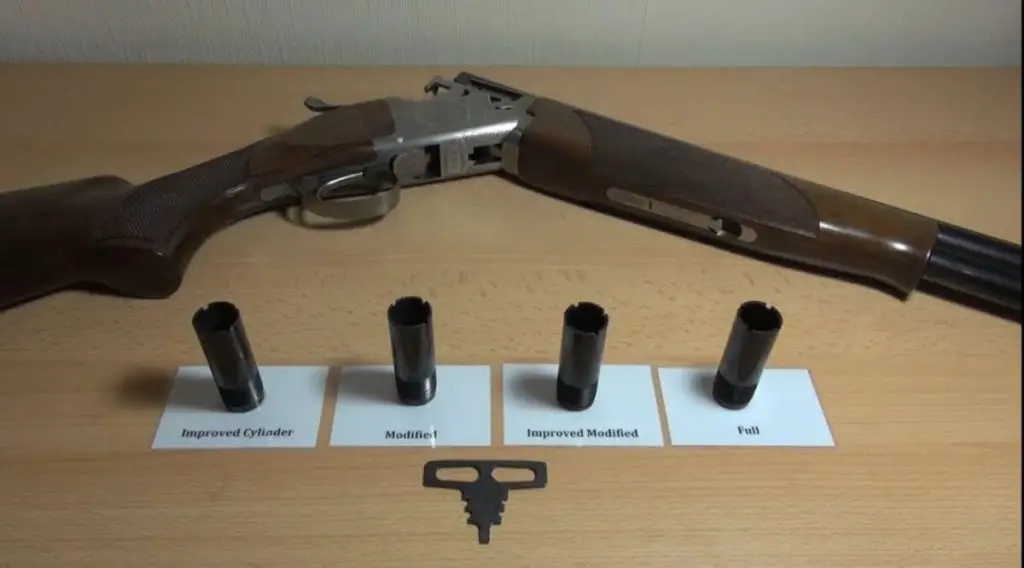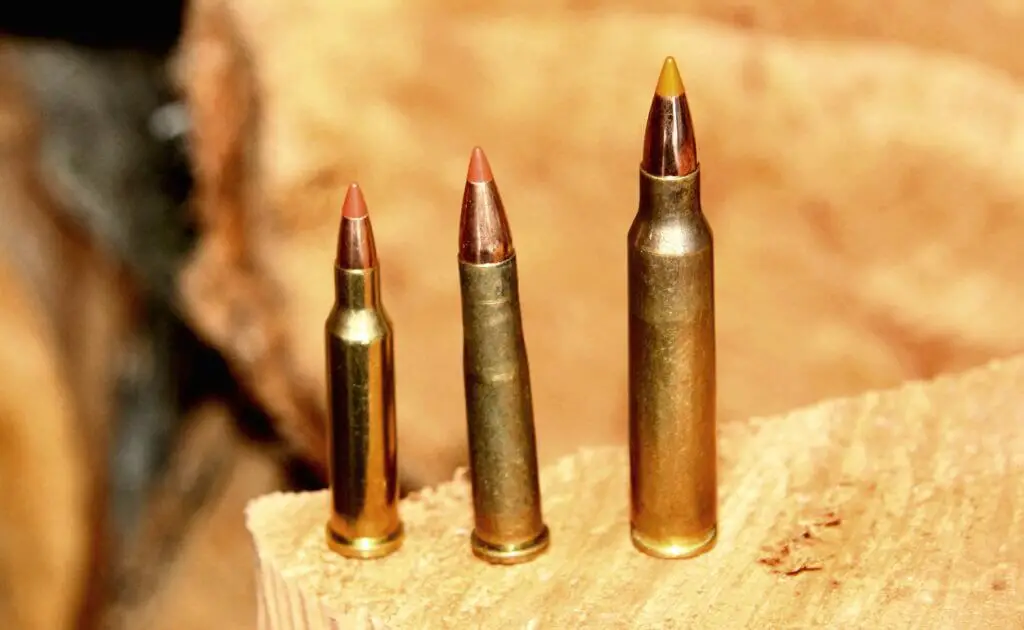In the world of high-performance optics, the choice between the Vortex Vulture HD 15×56 and the Vortex Diamondback HD 15×56 binoculars often stirs up quite a debate among outdoor enthusiasts and wildlife observers. As someone who has spent countless hours in various terrains from dense forests to expansive plains, the decision between these two robust sets of binoculars comes down to understanding their unique offerings and the subtle nuances they bring to the field. This post delves deep into the factors to consider when choosing between the Vortex Vulture and the Diamondback 15×56, providing a comprehensive overview to ensure you make an informed decision.
Below, you’ll find a detailed comparison table highlighting the core differences and similarities between these two binoculars:
| Feature | Vortex Vulture HD 15×56 | Vortex Diamondback HD 15×56 |
|————————–|———————————–|———————————-|
| Magnification | 15x | 15x |
| Objective Lens Diameter | 56mm | 56mm |
| Field of View | 226 feet/1000 yards | 230 feet/1000 yards |
| Close Focus Distance | 15 feet | 15 feet |
| Weight | 43.6 ounces | 33.8 ounces |
| Eye Relief | 18mm | 18mm |
| Waterproof and Fogproof | Yes | Yes |
| Price Range | Moderate to High | Moderate |
| Warranty | VIP Unconditional Lifetime | VIP Unconditional Lifetime |
| Glass Quality | Extra-low Dispersion, HD | HD, Fully Multi-Coated |
Design and Build
Vortex Vulture HD 15×56
The Vortex Vulture HD 15×56 is crafted for those who demand higher levels of clarity and a robust build for rugged use. During my field testing, I noticed the sturdy feel of the Vulture. Its durable rubber armoring provides a non-slip grip, even when conditions turned unfavorable. The sizeable 56mm objective lenses are particularly beneficial in low-light situations. However, the significant weight of 43.6 ounces did pose a challenge during long hikes without a tripod.
Vortex Diamondback HD 15×56
The Diamondback HD series is known for its lightweight and compact design without compromising on optical performance. Weighing in at just 33.8 ounces, the Diamondback HD was noticeably easier to handle and carry over rough terrain. The sealed O-ring construction prevents moisture, dust, and debris from seeping into the binocular for reliable performance in various environments. The ergonomic design felt more comfortable in my hands over extended use compared to the Vulture.
Optical Performance
Vortex Vulture HD 15×56
In terms of optics, the Vulture delivers exceptional performance with its extra-low dispersion glass which sharpens image edges and provides excellent color fidelity. I recall using these binoculars at dusk and being impressed by their light-gathering capabilities—details remained clear rather than washed out. However, the narrower field of view slightly restricted the broader observation of fast-moving subjects like birds in flight.
Vortex Diamondback HD 15×56
The Diamondback HD offers a fantastic 230 feet of field view at 1000 yards, slightly wider than the Vulture. This feature was particularly advantageous for bird watching and scanning large landscapes. The fully multi-coated lenses offered outstanding image brightness, clarity, and contrast during my varied expeditions. However, it didn’t handle low-light conditions as finely as the Vulture, where having those extra millimeters in the objective lens diameter made a difference.
Usability
Vortex Vulture HD 15×56
The longer eye relief of the Vulture HD makes it comfortable for glasses wearers. I appreciated this feature on cold days when sunglasses were necessary. The simple twist-up and lock eyecup system is user-friendly. A notable challenge, however, is its weight when used hand-held over extended periods, which could lead to fatigue. I solved this by often setting it on a tripod, which somewhat restricted its mobility but enhanced stabilization.
Vortex Diamondback HD 15×56
The Diamondback’s relatively lighter weight makes it perfect for handheld use without the immediate need for stabilizing support. This was beneficial in dynamic situations where quick mobility is required. The eye relief and adjustable eyecups offered significant comfort and ease of use, and the quick focus mechanism was particularly helpful while following birds in motion. While it excelled in versatility and ease of use, it required careful handling of the optics in rapidly changing lighting conditions.
Price and Value
Vortex Vulture HD 15×56
The Vulture, with its robust design and superior optics, falls in a moderate-to-high price range. While this may be a considerable investment, the performance, especially in challenging light conditions and its durable construction, makes it a valuable purchase for avid nature watchers who regularly engage in twilight or dawn activities.
Vortex Diamondback HD 15×56
On the other hand, the Diamondback HD provides an exceptional balance of performance and price, making it a favorite among both novice and experienced users. Its mid-range pricing offers good value for those seeking clarity and ease of use without the additional heft associated with higher-end binoculars. The warranty coverage ensures peace of mind for those investing in this model.
Pros and Cons
Vortex Vulture HD 15×56
Pros:
- Excellent low-light performance.
- Robust and durable construction.
- High-quality optics with great edge-to-edge clarity.
Cons:
- Heavier than the average binocular.
- Slightly narrower field of view.
- Higher price range might be a deterrent for casual users.
Vortex Diamondback HD 15×56
Pros:
- Lightweight and portable.
- Wider field of view perfect for scanning landscapes.
- Affordable price with premium performance.
Cons:
- Less effective in low-light conditions compared to Vulture.
- Fewer advanced optical features.
Exploring the terrain with the Vortex Vulture and Diamondback, each offered a distinct experience, driven by their respective strengths in build, optical performance, and usability. A choice between these can largely depend on individual preferences for weight against field performance, as well as specific usage scenarios. Whether you’re an avid birdwatcher, a hunter needing reliability in low light, or a hiking enthusiast who values portability, understanding these attributes can guide you to the right pick for your adventures ahead.
Frequently Asked Questions
1. How far can you see with 15×56 binoculars?
With 15×56 binoculars, you can typically see distances of up to 1,000 yards or more, depending on the conditions and the quality of the binoculars. These high-powered binoculars are great for long-range viewing and are especially useful for activities like hunting, birdwatching, and stargazing.
2. What is the difference between Vortex Vulture and Vortex Diamondback?
The Vortex Vulture and Vortex Diamondback are both popular models of binoculars from the Vortex brand, but they have some key differences. The Vortex Vulture 15×56 is known for its larger objective lens size, which allows for better light transmission and clear images in low light conditions. On the other hand, the Vortex Diamondback 15×56 is more compact and lightweight, making it easier to carry around for extended periods of time. The Diamondback also tends to be more affordable, while the Vulture is considered to have slightly better optical performance.
3. Are the Vortex Vulture and Diamondback 15×56 binoculars waterproof?
Both the Vortex Vulture and Diamondback 15×56 binoculars are waterproof and fog proof, making them suitable for use in various weather conditions. This feature allows you to use the binoculars confidently without worrying about damage from rain or moisture.
4. Can the Vortex Vulture or Diamondback 15×56 binoculars be tripod mounted?
Yes, both the Vortex Vulture and Diamondback 15×56 binoculars are tripod mountable, which is especially helpful for long-duration observations or for reducing hand shake at higher magnifications. These binoculars come with a tripod adapter that allows you to attach them to a standard tripod for stability.
5. Are the Vortex Vulture and Diamondback 15×56 binoculars suitable for astronomy?
Yes, both the Vortex Vulture and Diamondback 15×56 binoculars are suitable for astronomy purposes, such as stargazing and observing celestial bodies. Their high magnification power and large objective lens size make them ideal for viewing distant objects in the night sky with clarity and detail.
6. Do the Vortex Vulture and Diamondback 15×56 binoculars come with a carrying case?
Yes, both binocular models come with a carrying case included in the package. The carrying case provides protection for the binoculars when they are not in use and makes it convenient to transport them to different locations.
7. Are the Vortex Vulture and Diamondback 15×56 binoculars suitable for hunting?
Yes, both the Vortex Vulture and Diamondback 15×56 binoculars are popular choices for hunting enthusiasts due to their high magnification power and superior optical performance. These binoculars provide clear and detailed views of distant targets, making them invaluable tools for spotting game in the field.
8. Can eyeglass wearers use the Vortex Vulture and Diamondback 15×56 binoculars comfortably?
Yes, both binocular models are designed to accommodate eyeglass wearers comfortably. They feature twist-up eyecups that can be adjusted to provide the right eye relief for users wearing eyeglasses, ensuring that they can enjoy a full field of view without any discomfort.
9. Are there any accessories included with the Vortex Vulture and Diamondback 15×56 binoculars?
Both the Vortex Vulture and Diamondback 15×56 binoculars come with a range of accessories, including a neck strap for easy carrying, lens covers for protection, and a lens cloth for cleaning. These accessories enhance the usability and longevity of the binoculars.
10. What is the warranty coverage for the Vortex Vulture and Diamondback 15×56 binoculars?
Both binocular models are backed by Vortex’s VIP Warranty, which is a lifetime warranty that covers any damage, defects, or malfunctions to the binoculars. This warranty ensures that you can enjoy peace of mind and confidence in your purchase of Vortex binoculars.
- How to Put a Scope on a Mosin Infantry in Tarkov: A Quick Guide - November 7, 2024
- How to Edit a Scope Box in Revit: A Step-by-Step Guide - November 6, 2024
- How to Put a Scope on Mosin Tarkov: Expert Tips for Gamers - November 6, 2024


